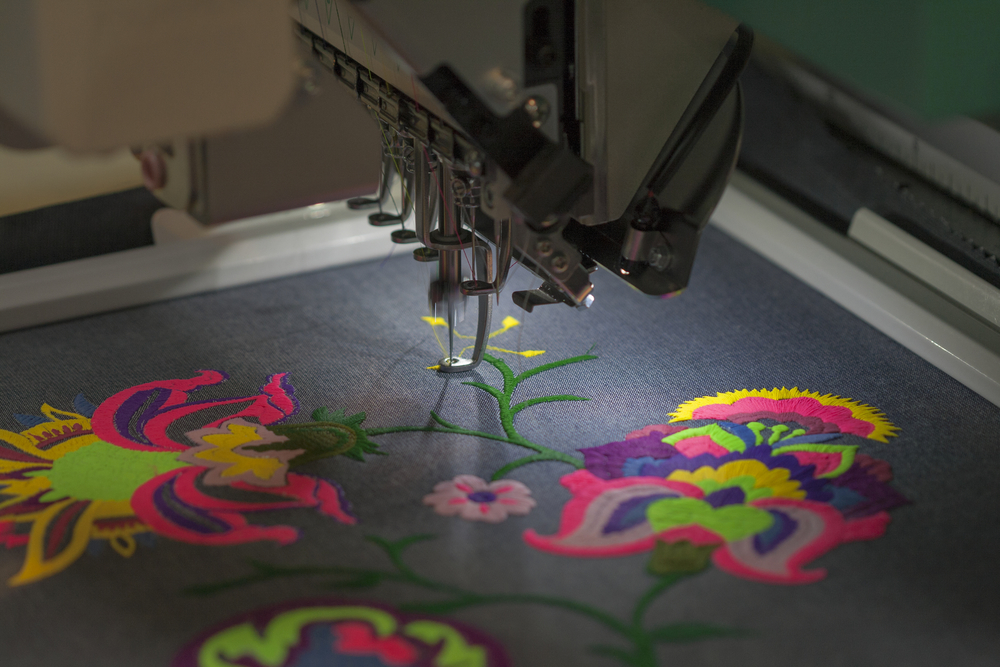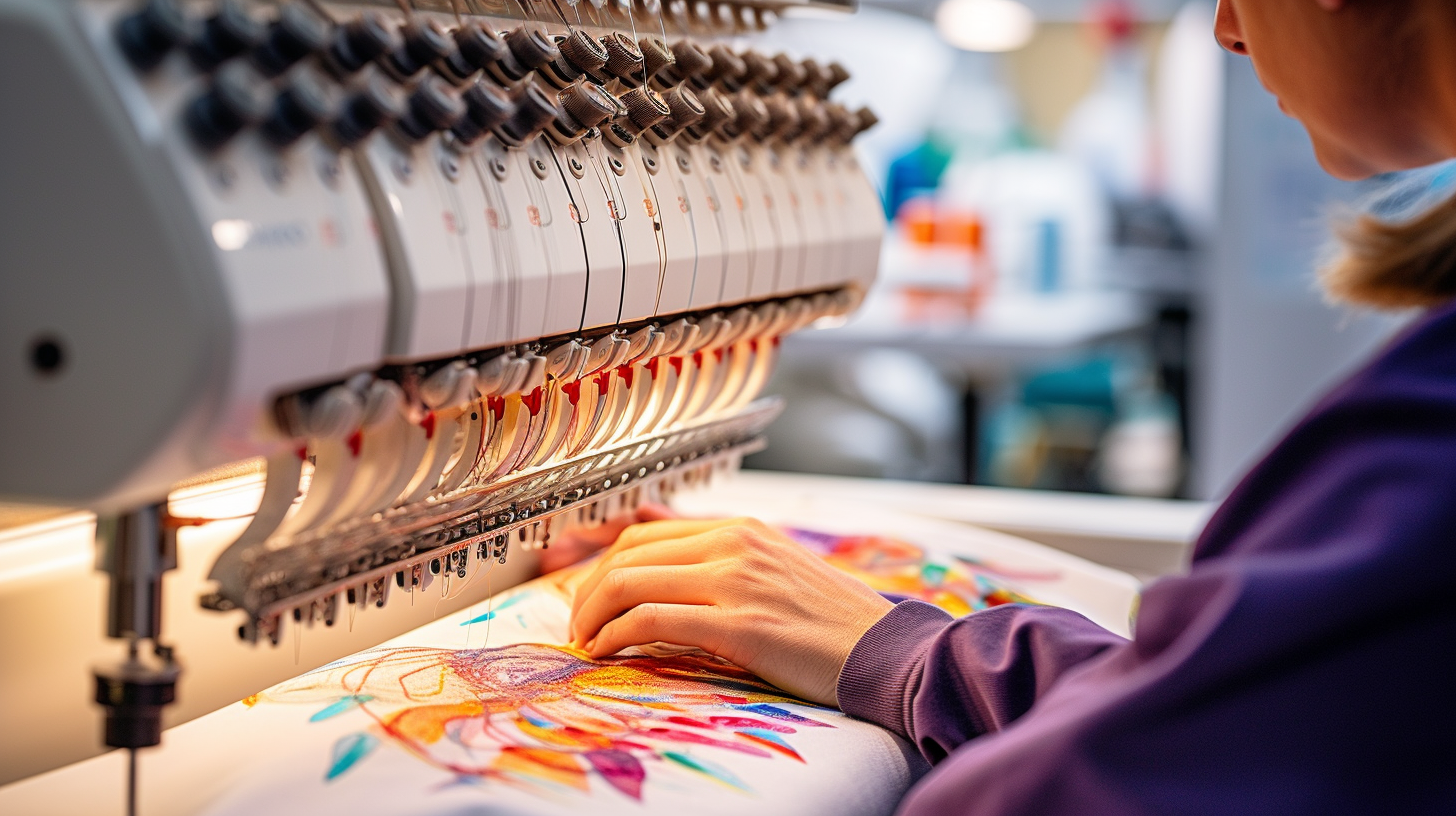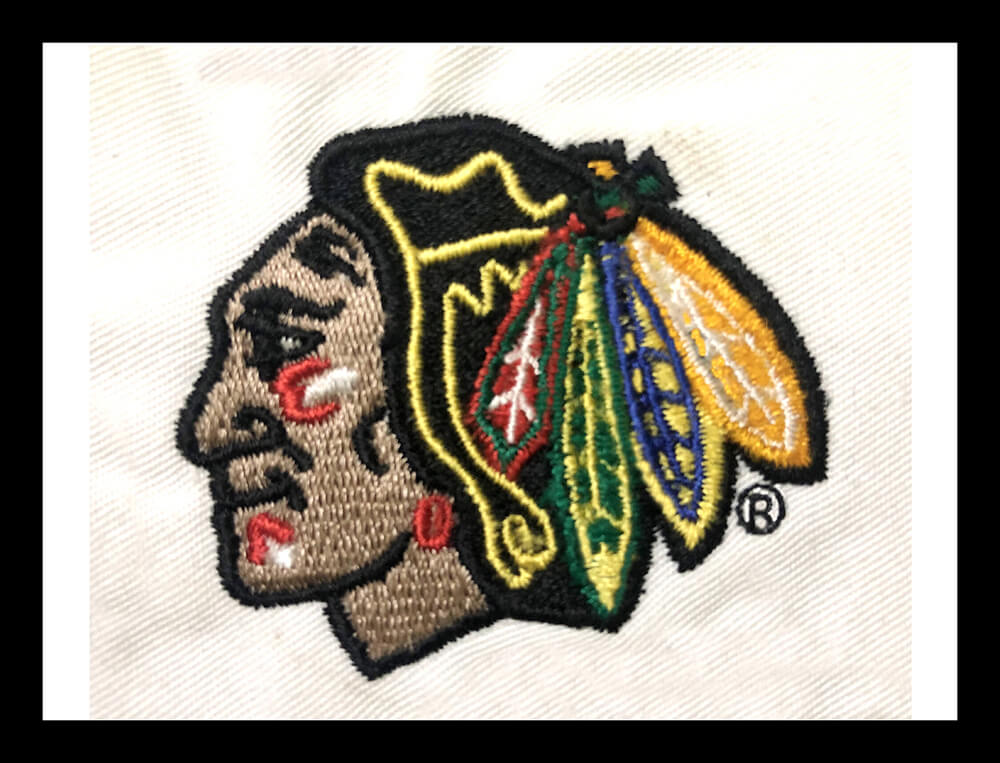Understanding the Needlework Digitizing Process: Your Ultimate Overview
Embroidery digitizing is a precise craft that requires precision and experience to equate intricate layouts right into digital formats for maker embroidery. As artisans start this journey to master the needlework digitizing process, a comprehensive understanding of the essentials sets the structure for excellence. Past the simple expertise lies a realm of advanced software, specialized devices, and nuanced strategies waiting to be checked out. By delving right into the subtleties of digitizing, one can unlock a world of imaginative possibilities and boost their embroidery projects to brand-new heights.

Recognizing Embroidery Digitizing Basics
Embroidery digitizing essentials create the foundation upon which elaborate layouts are translated into machine-readable formats for specific stitching. This preliminary action in the embroidery digitizing process is vital for ensuring that the last stitched product is a faithful representation of the original layout. Recognizing needlework digitizing essentials involves realizing vital ideas such as stitch types, stitch direction, density, padding, and draw compensation.
Stitch types play a crucial duty in identifying the visual and textural end result of the embroidered design. By picking the ideal stitch type, whether it be satin, fill, or running stitch, digitizers can accomplish the desired result and improve the overall quality of the needlework. Furthermore, stitch direction affects the circulation and dimension of the layout, while thickness determines the spacing and insurance coverage of the stitches.
Furthermore, rug sewing provides stability to the design by protecting the textile and preventing distortion throughout the needlework procedure. Draw payment is one more vital factor to consider to counteract the natural propensity of textile to agreement when sewn. Grasping these embroidery digitizing fundamentals is essential for creating professional-quality stitched items.
Selecting the Right Digitizing Software
Choosing the suitable digitizing software application is an important choice that dramatically impacts the performance and high quality of the needlework digitizing process. Digitizing for Embroidery. When choosing the right digitizing software application, it is essential to consider aspects such as the intricacy of styles you intend to create, the user-friendliness of the software application, the level of customer support offered, and the compatibility with your embroidery device
There are numerous digitizing software application choices available on the market, varying from basic programs for novices to sophisticated software program for specialist digitizers. Some prominent choices consist of Wilcom EmbroideryStudio, Hatch Needlework Software Program, and PulseID. These software application bundles offer a large range of tools and attributes to aid you create detailed designs easily.
Prior to choosing, it is advisable to discover the different software alternatives with free tests or trials to determine which one best fits your requirements. Furthermore, reading evaluations and looking for referrals from seasoned digitizers can give useful understandings right into the toughness and weaknesses of each software (Digitizing for Embroidery). By carefully examining your requirements and contrasting the features of various digitizing software program, you can make an enlightened selection that enhances your embroidery digitizing workflow
Digitizing Devices and Methods

Optimizing Layout Settings for Embroidery
Understanding the ins and outs of style setups is fundamental in achieving ideal cause the embroidery digitizing procedure, building upon the foundation laid by comprehending digitizing tools and strategies. When maximizing design settings for embroidery, it is vital to consider aspects such as stitch kind, density, padding, draw compensation, and registration. Sew type selection influences the total look and feeling of the style, with options like satin, fill, and running stitches offering different textures and effects. Thickness refers to the spacing and density of stitches, impacting the style's coverage and longevity. Proper rug stitching gives stability and avoids textile distortion, specifically for complicated styles or on elastic materials. Pull compensation readjusts for material stretch throughout sewing, ensuring exact design duplication. Enrollment settings line up various components of the style properly, keeping general style honesty. By fine-tuning these design setups, embroiderers can improve the top quality and accuracy of their embroidered productions.

Troubleshooting Common Digitizing Issues
When encountering common digitizing concerns throughout the embroidery process, it is important to comprehend the source and execute reliable solutions immediately. One usual issue is stitch thickness problems, where stitches might be as well thick, creating the textile to tighten, or also sporadic, leading to voids in the layout. Readjusting the stitch thickness settings in the digitizing software application can assist solve this problem.
An additional frequent challenge is thread breaks during the needlework procedure. This can occur as a result of various factors such as incorrect stress setups, dull needles, or utilizing low-quality string. Making certain proper upkeep of the embroidery maker, including regular needle modifications and stress adjustments, can reduce the incident of thread breaks.
Additionally, style registration mistakes can lead to misaligned aspects within the needlework style. Checking the style positioning in the digitizing software application and making essential modifications prior to stitching check this can assist in preventing this issue. By resolving these usual digitizing concerns immediately and efficiently, you can make certain a smoother needlework process and top quality ended up items.
Verdict
Finally, grasping the embroidery digitizing procedure needs a solid understanding of the basics, the ideal choice of software application, and knowledge of tools and techniques. Enhancing style settings and troubleshooting usual digitizing issues are vital action in making sure high-quality embroidery outcomes. By adhering to these actions vigilantly, one can accomplish accuracy and effectiveness in the digitizing procedure.